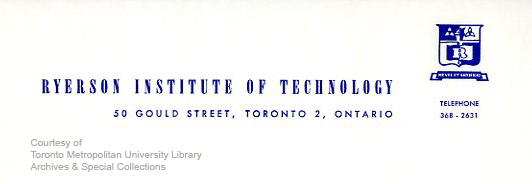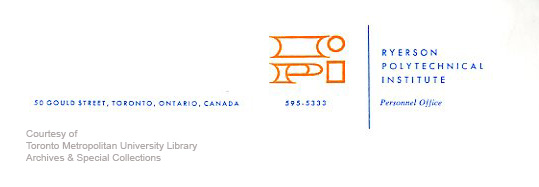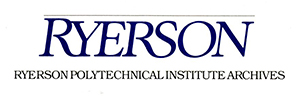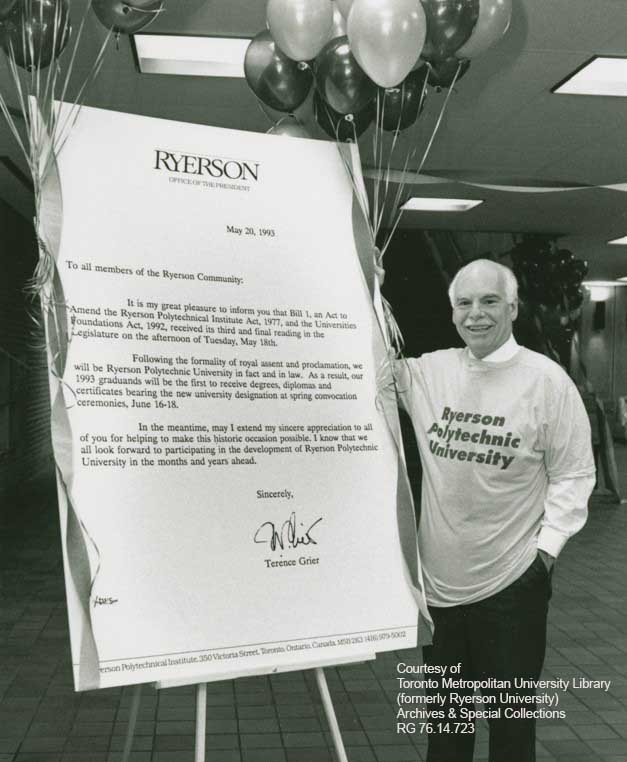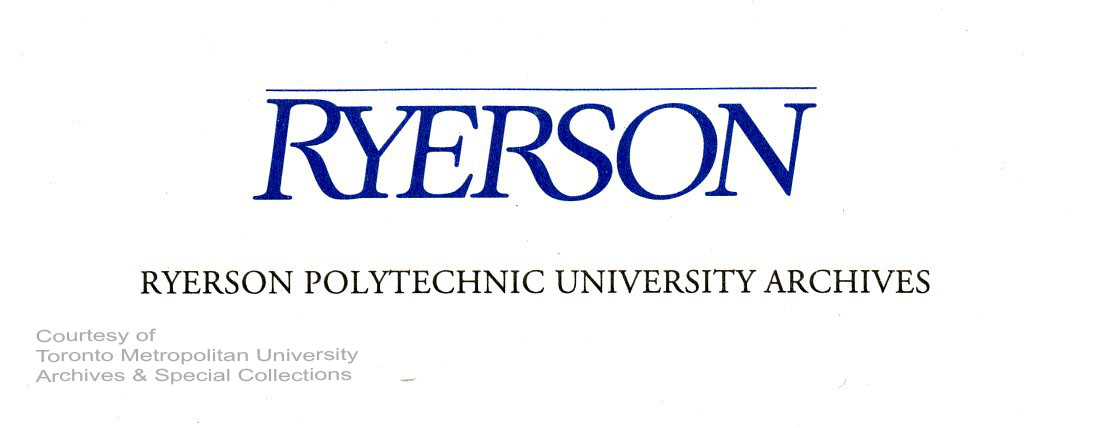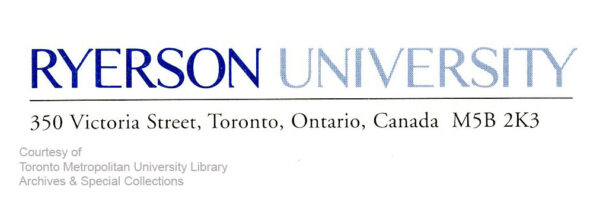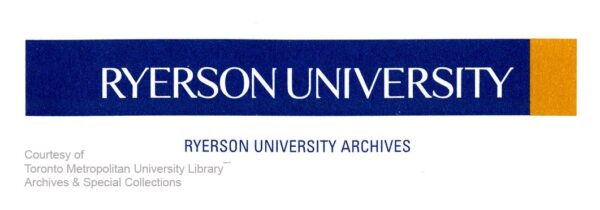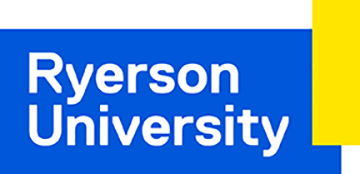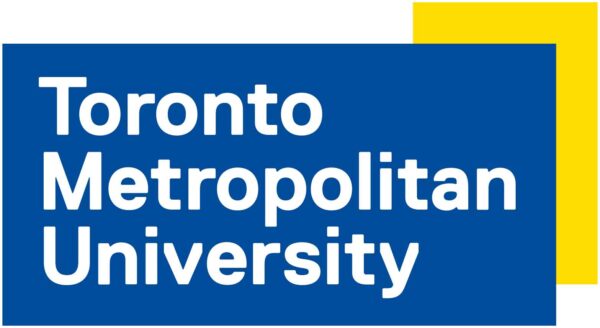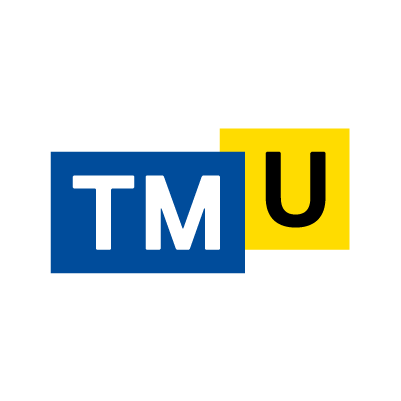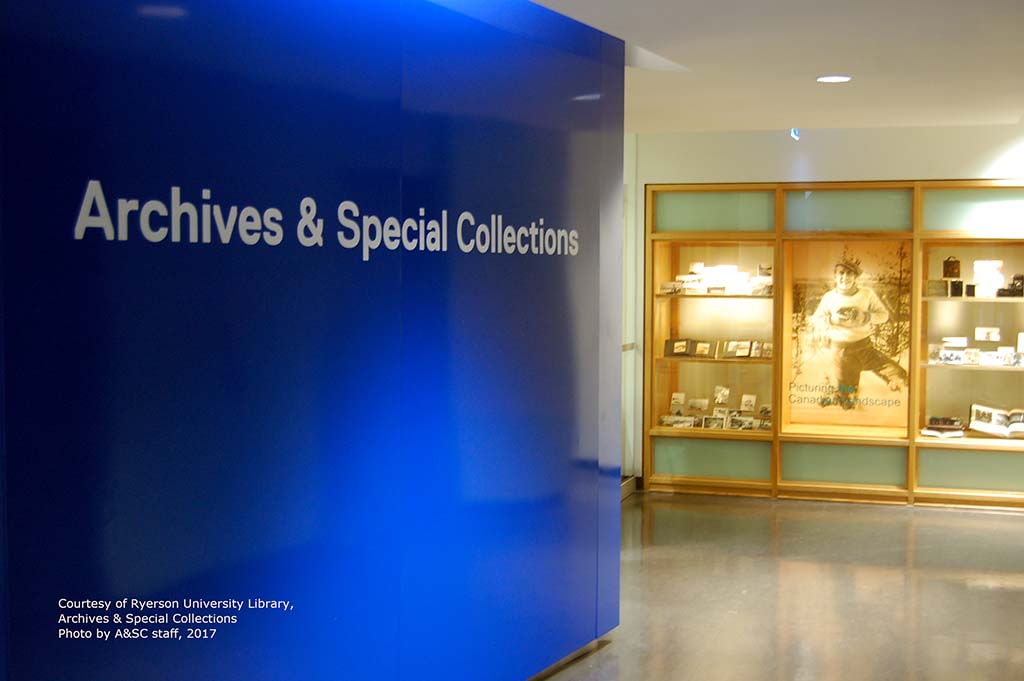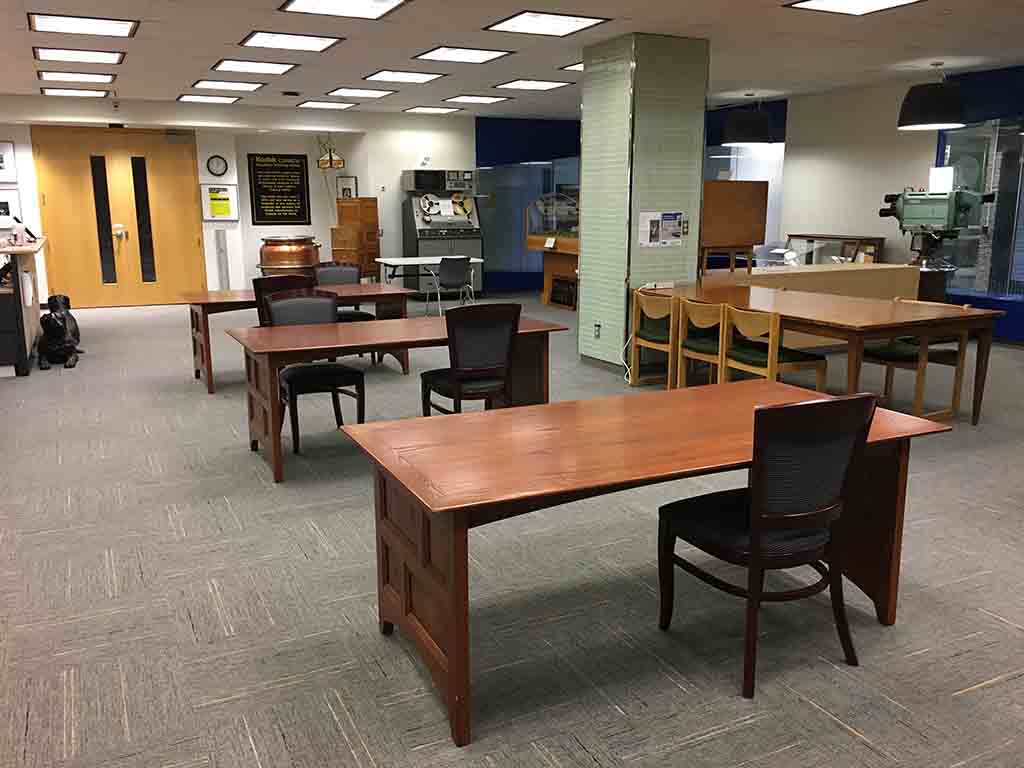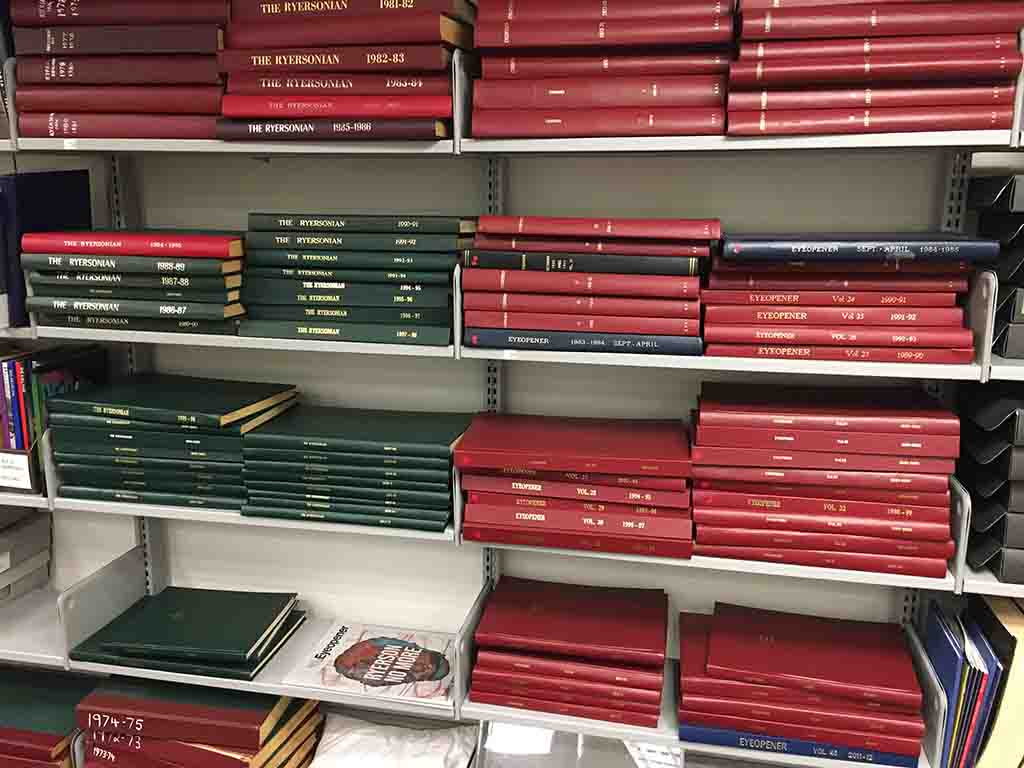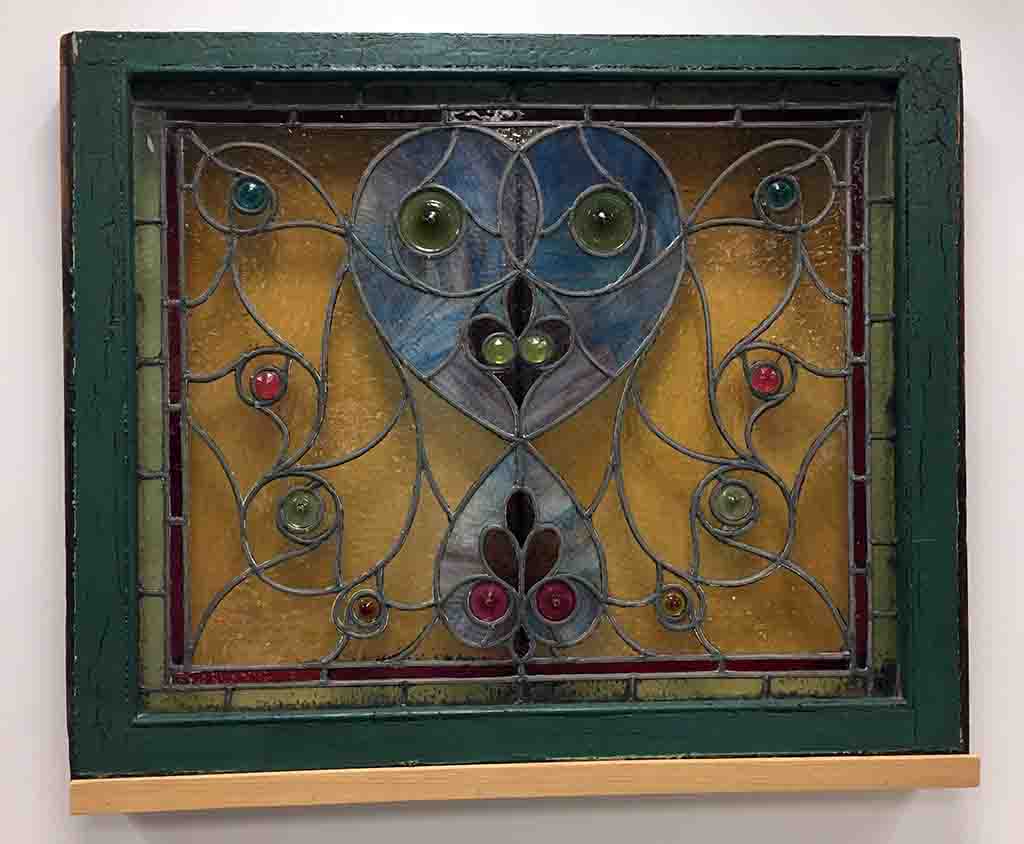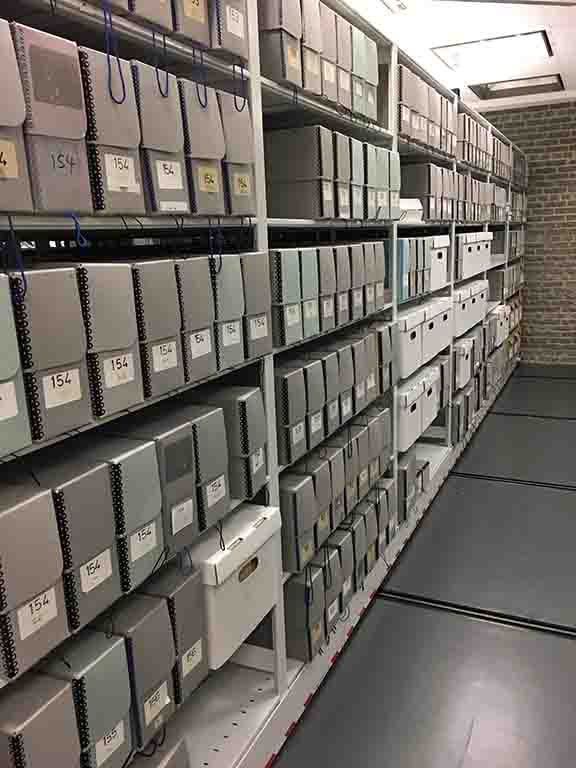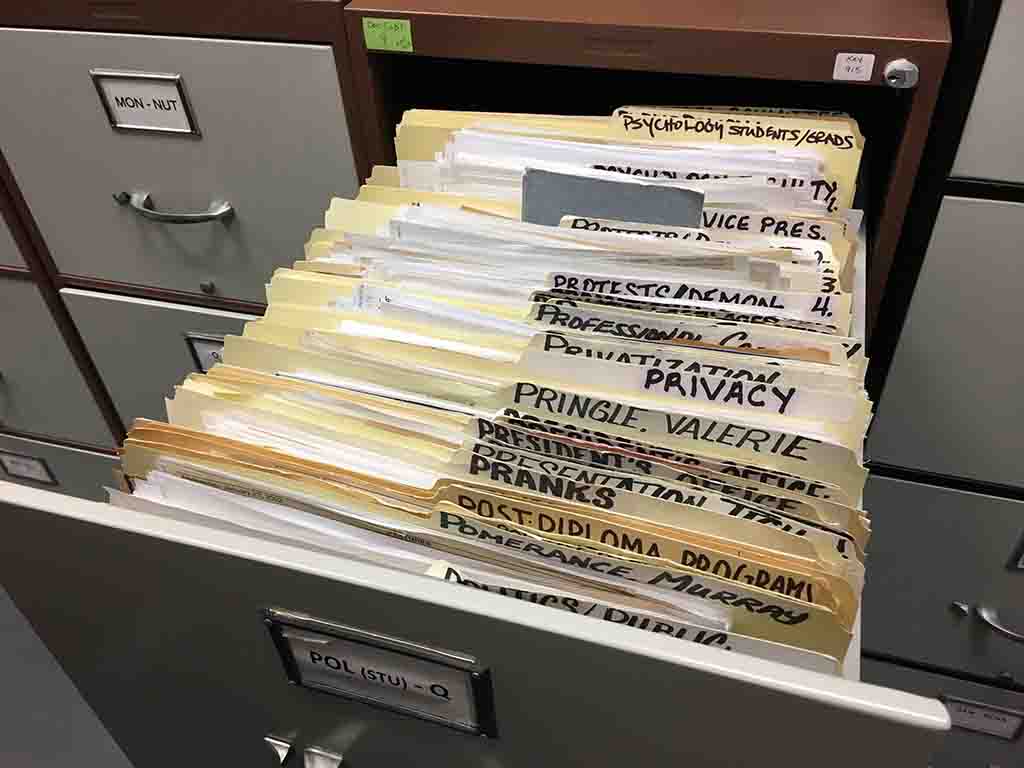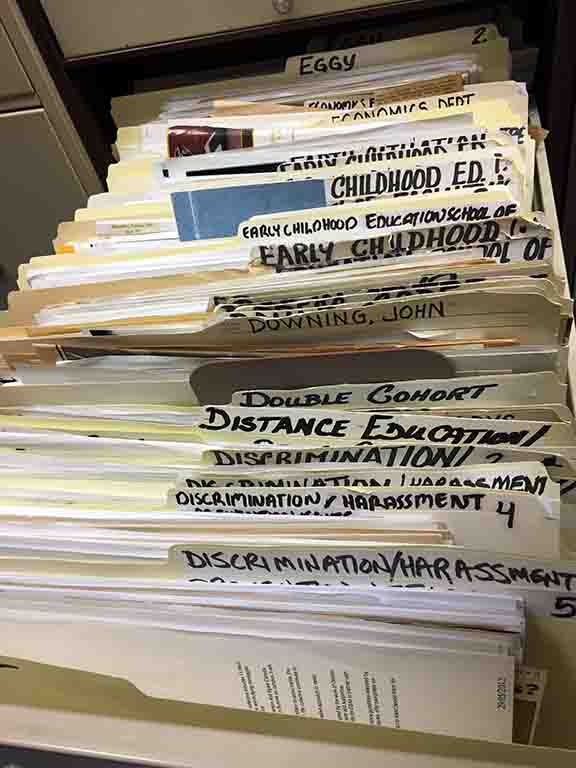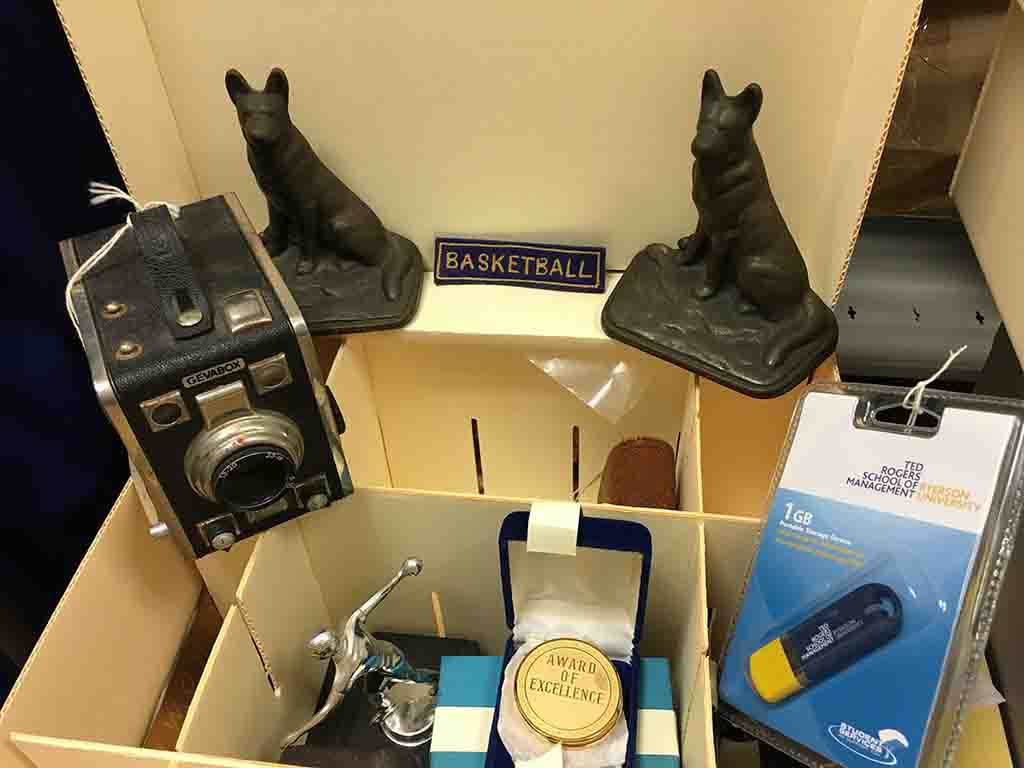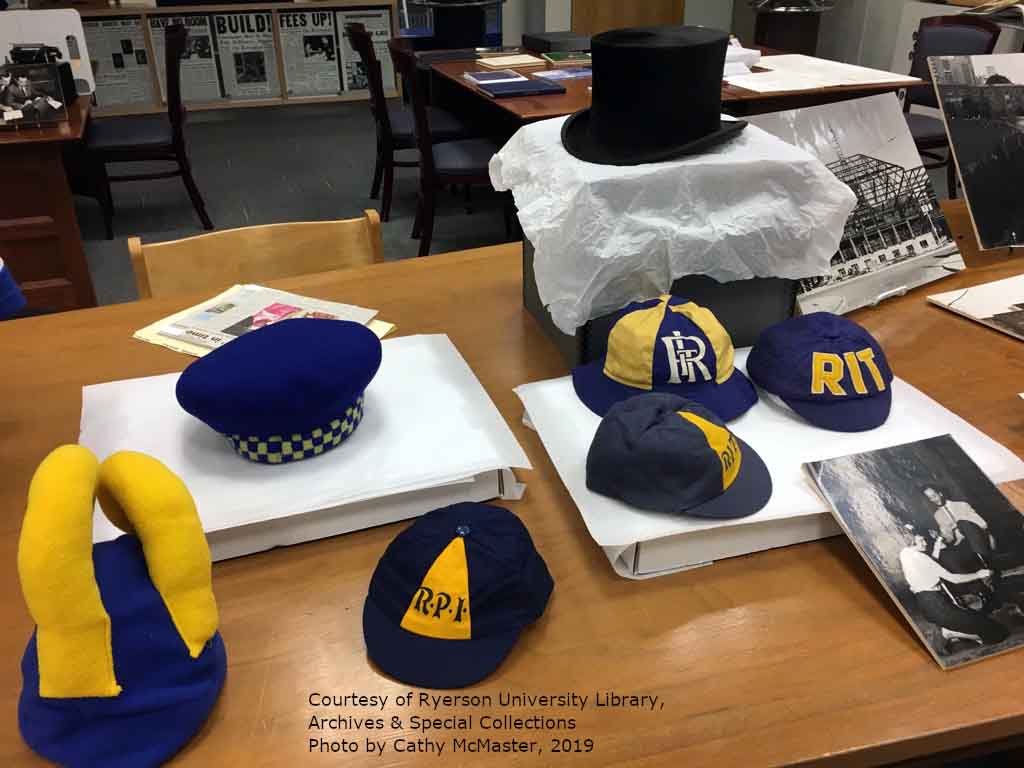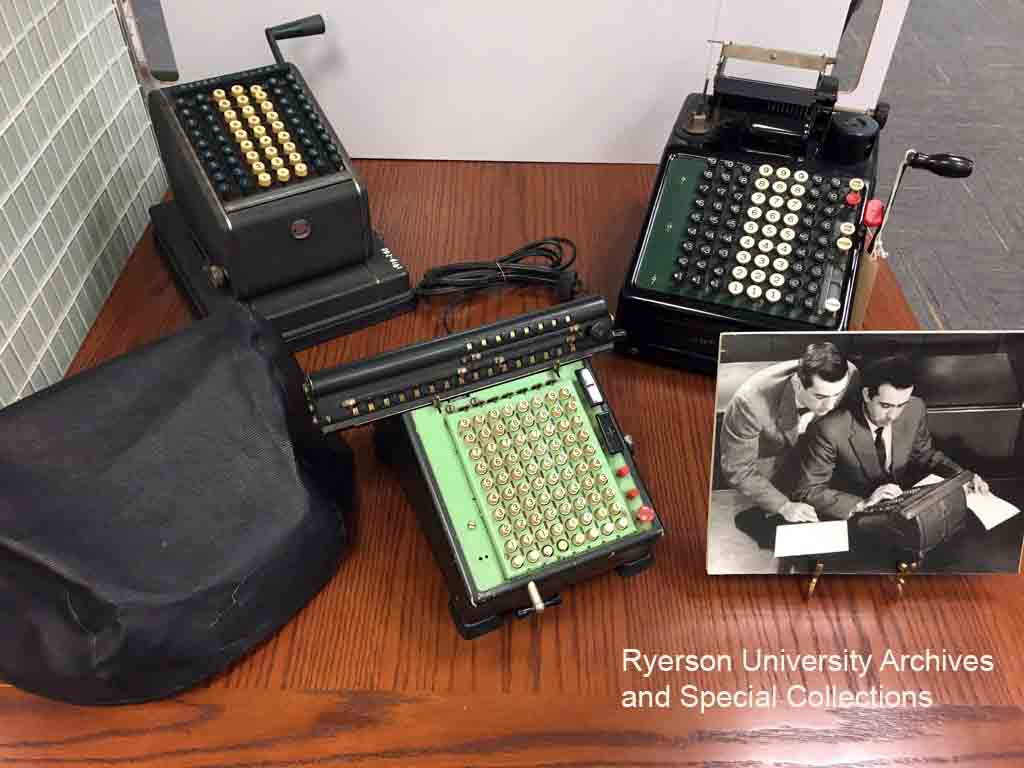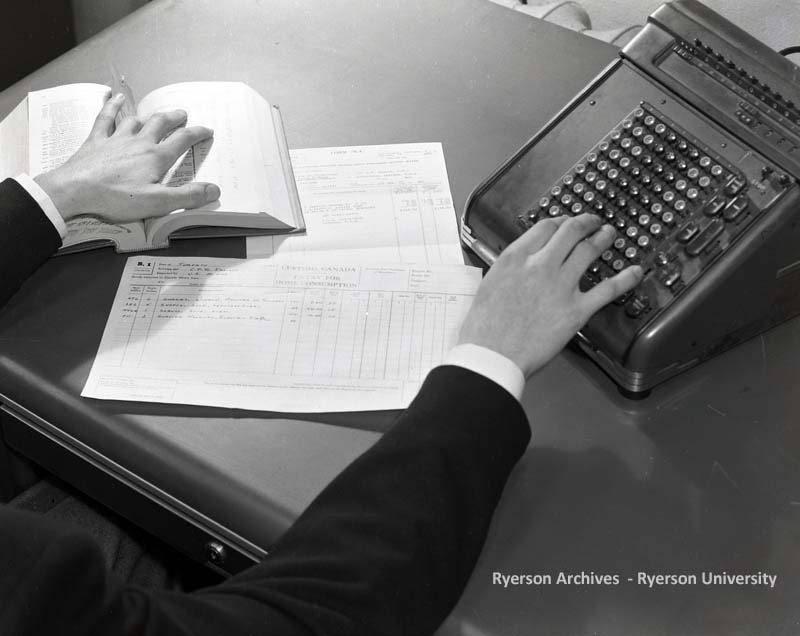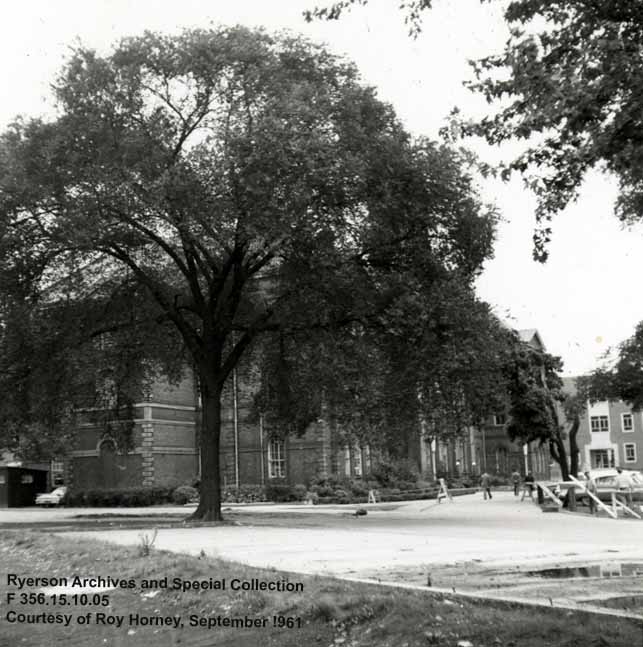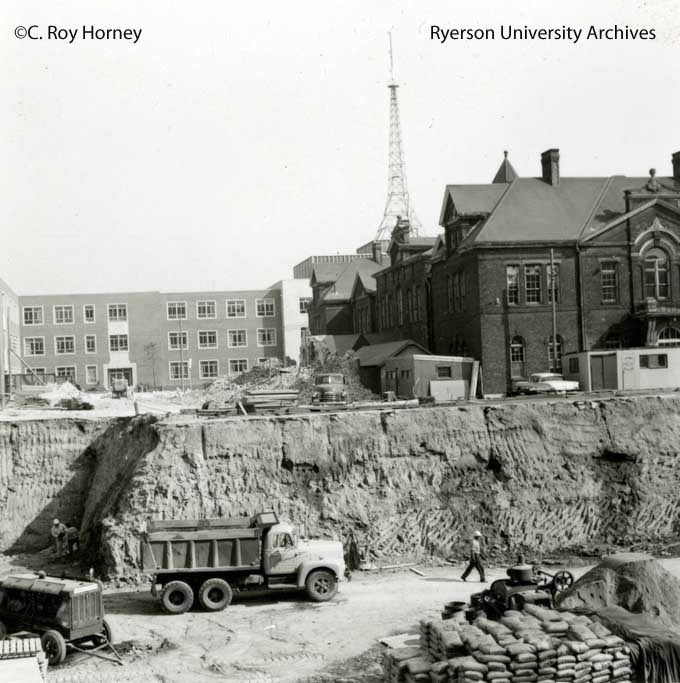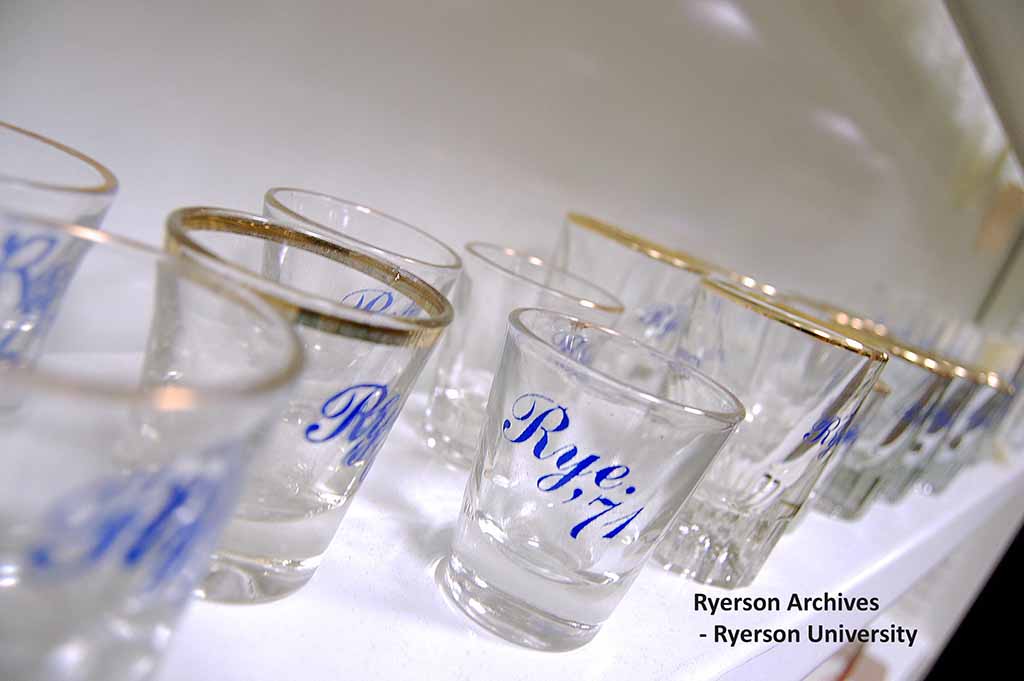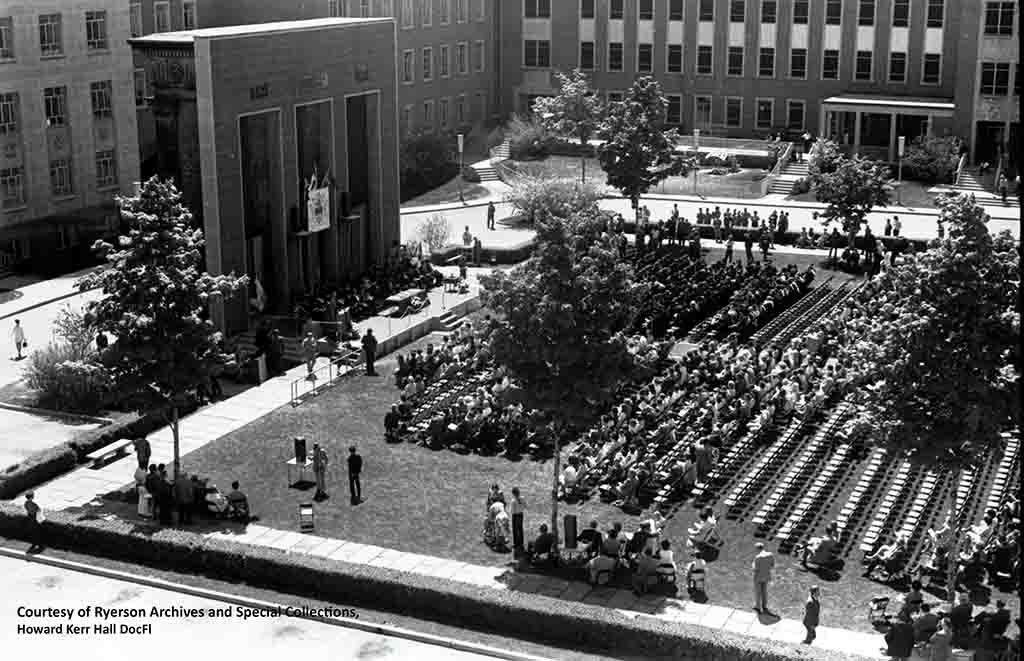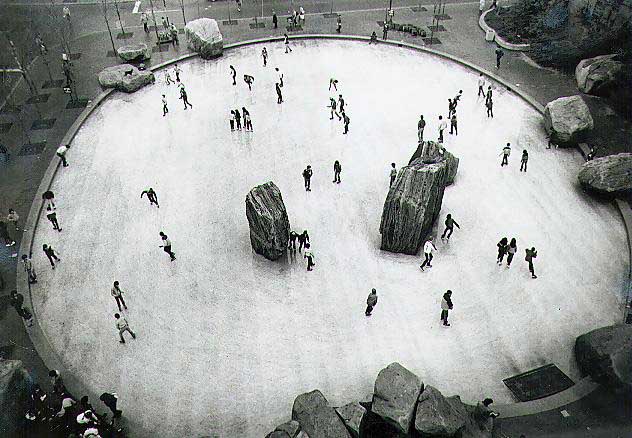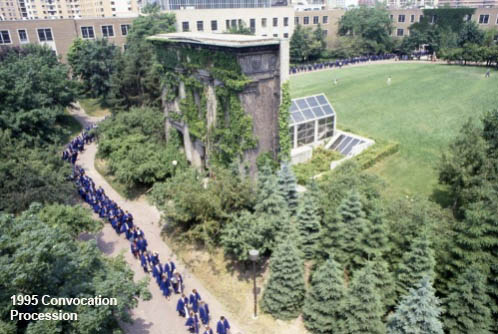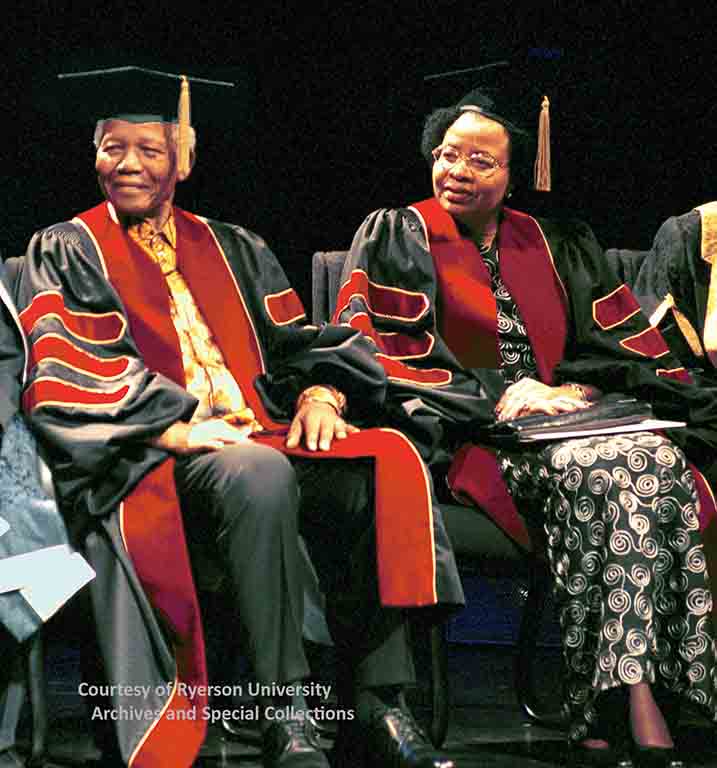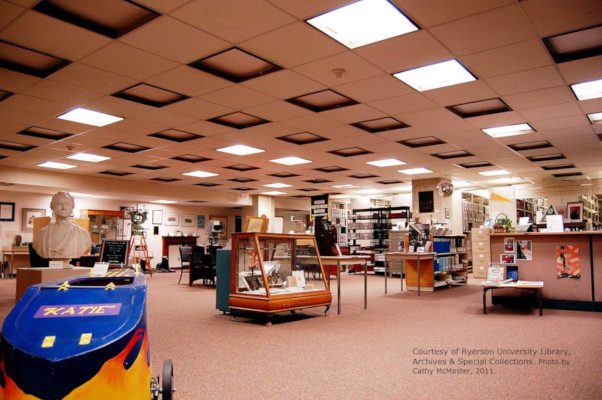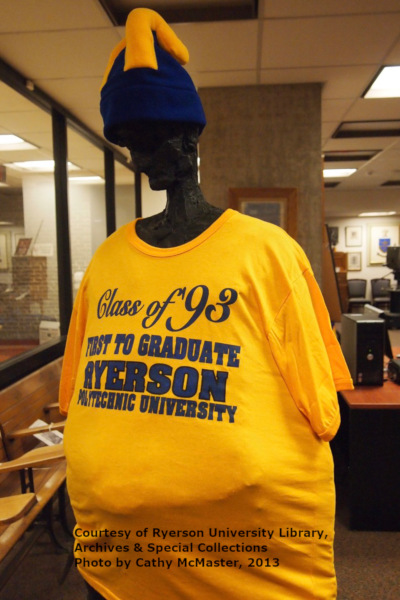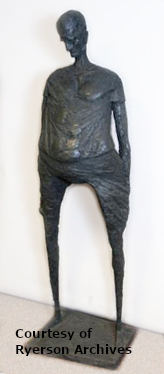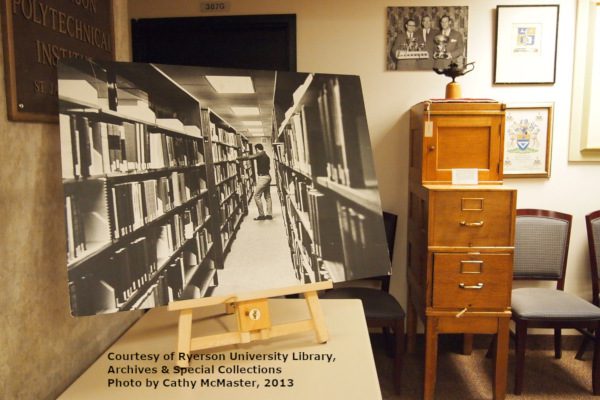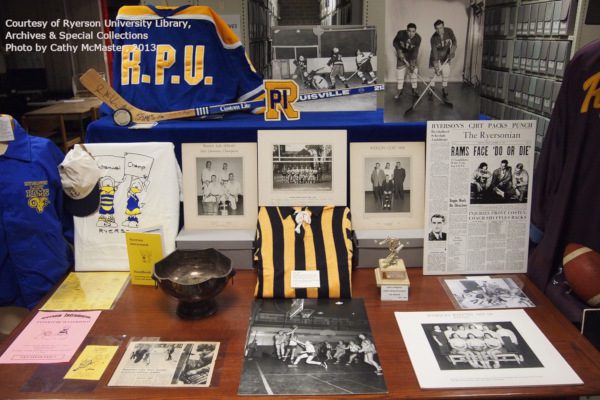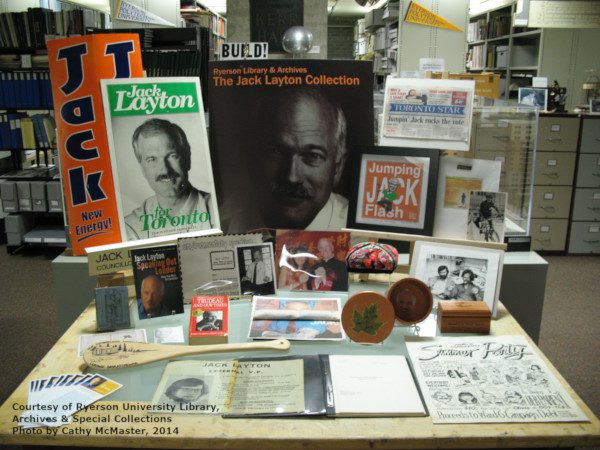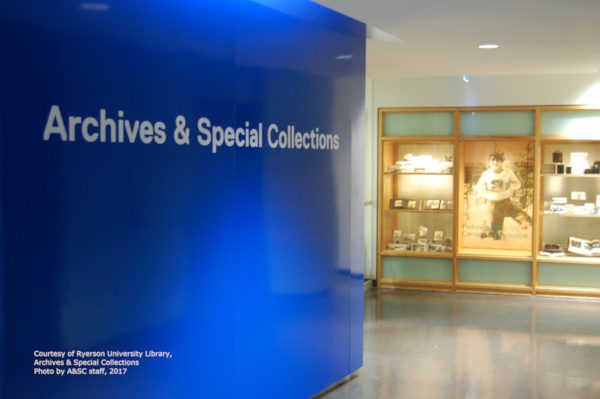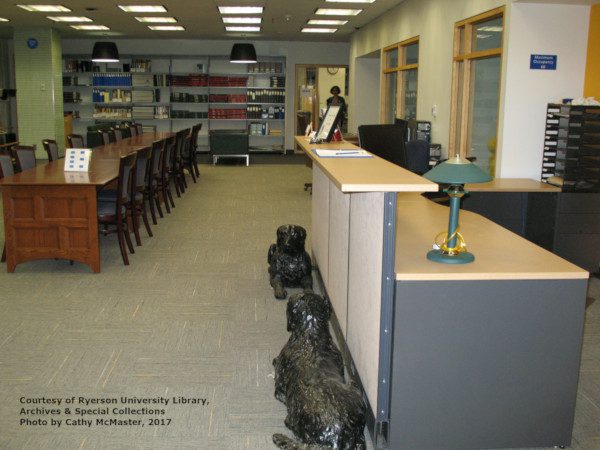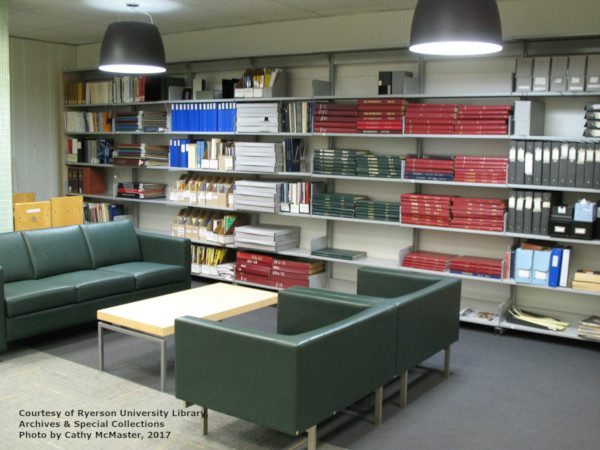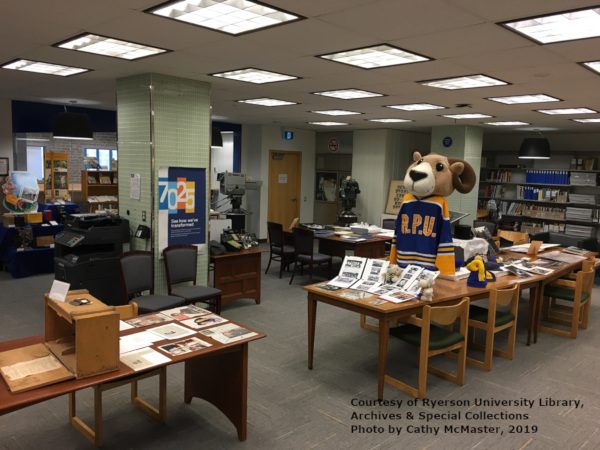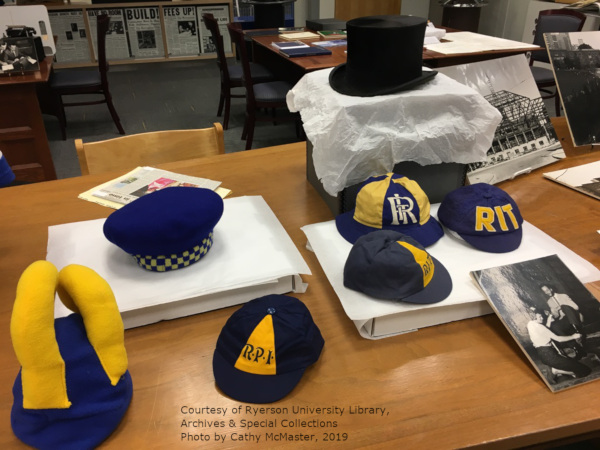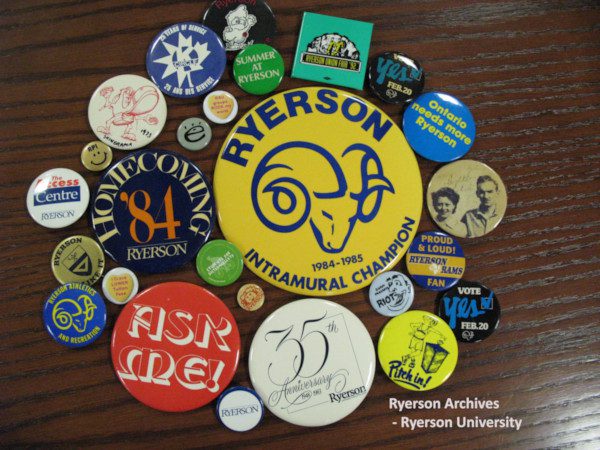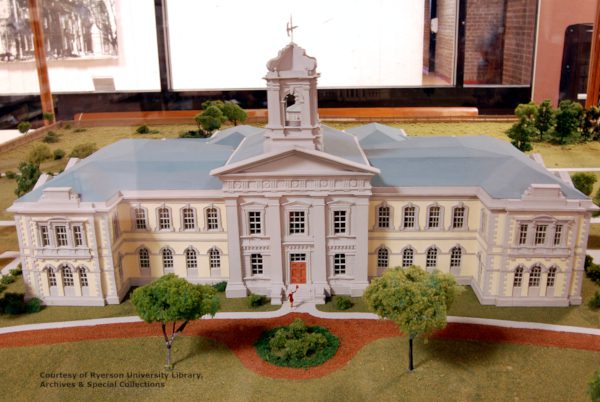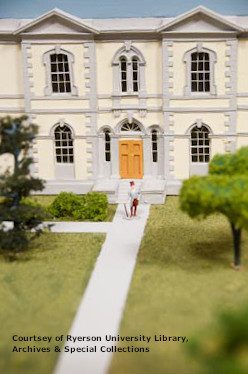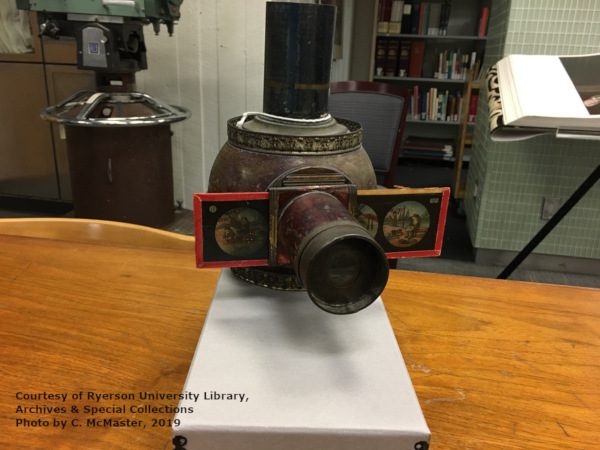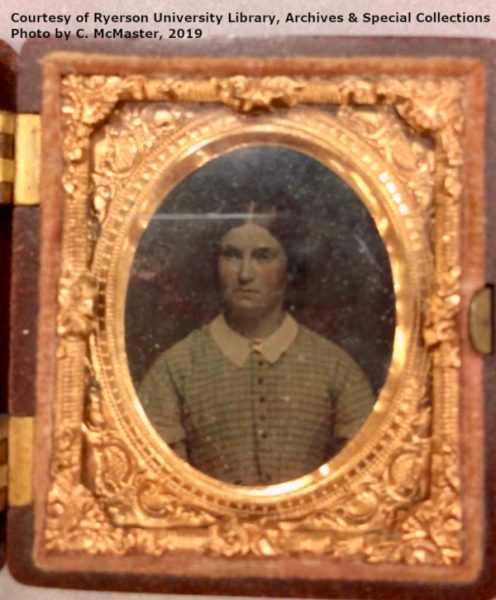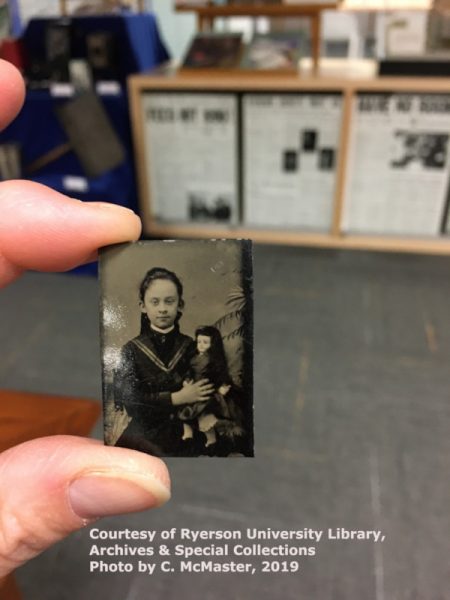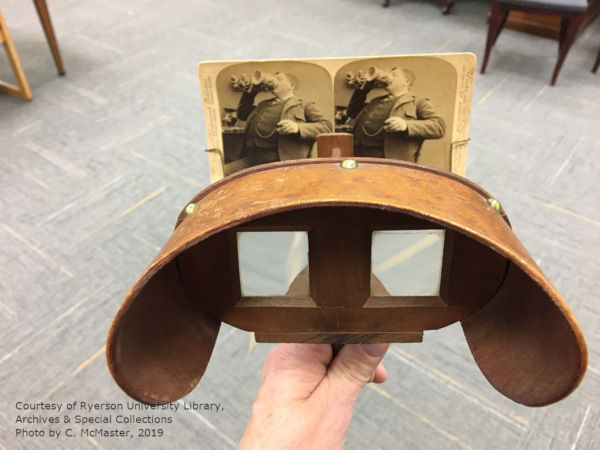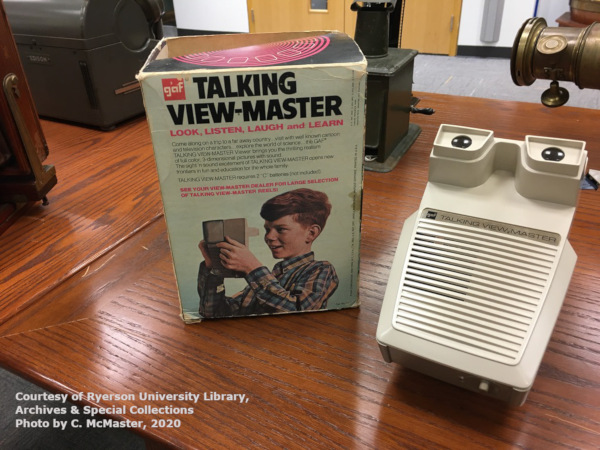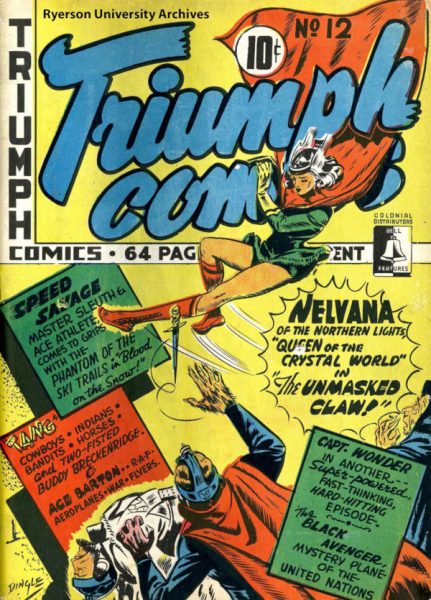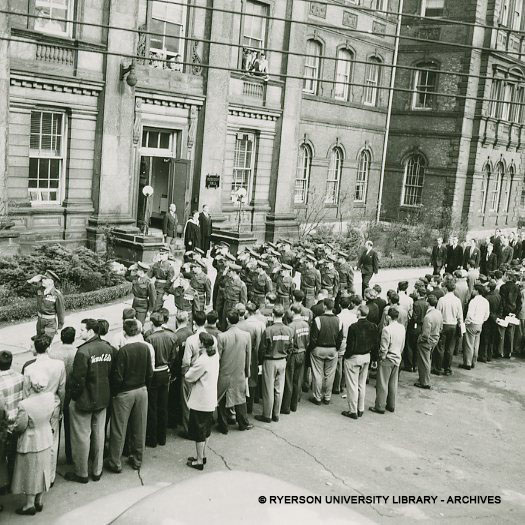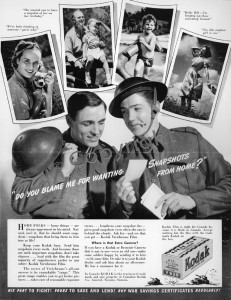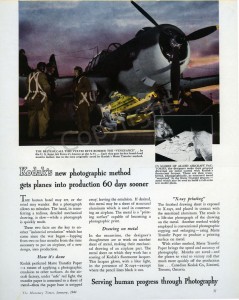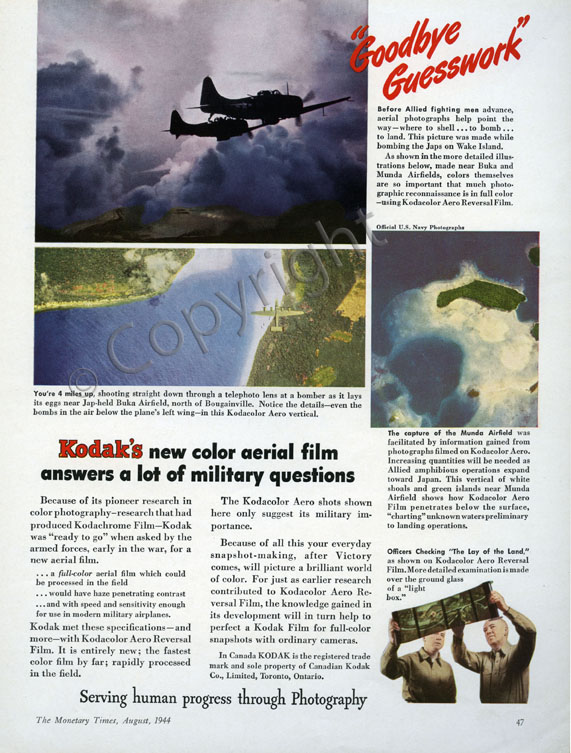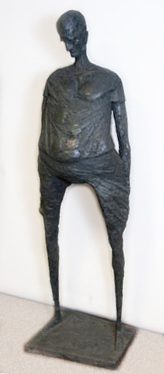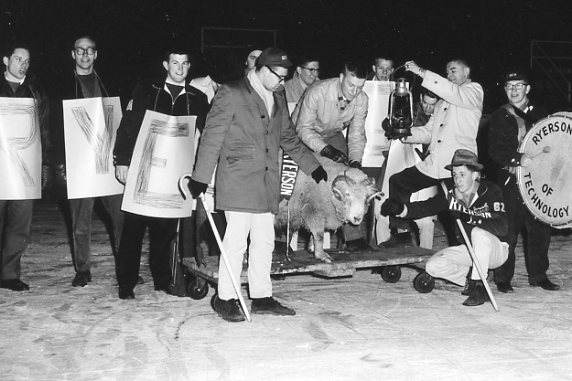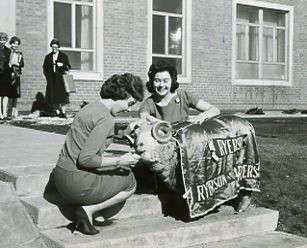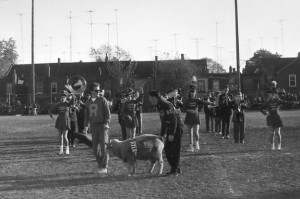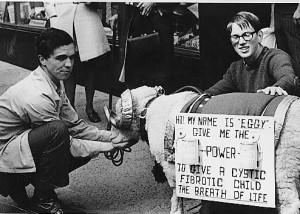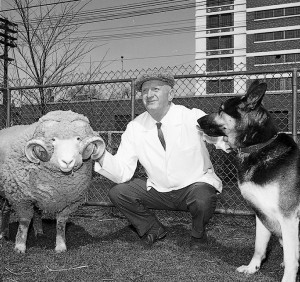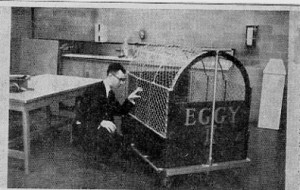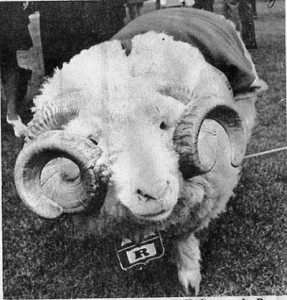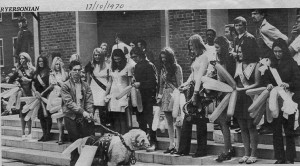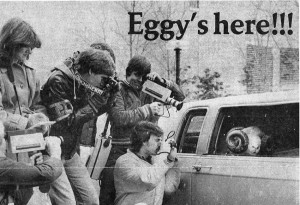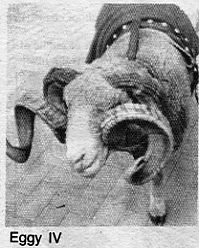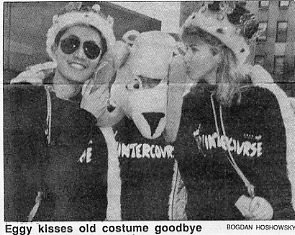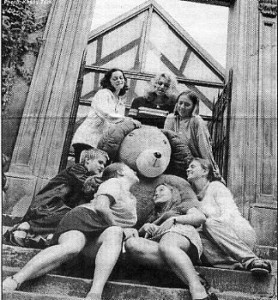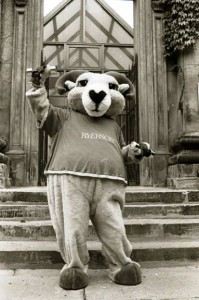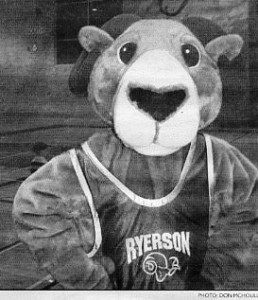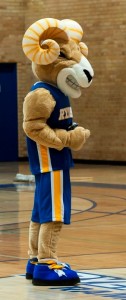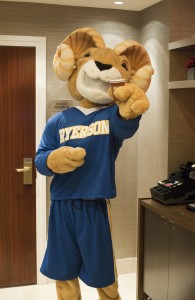On Tuesday, April 26, 2022, the official announcement was made. We are now Toronto Metropolitan University. This marks the 5th name our school has had since its opening in 1948. Let’s look back at these names and how they reflect the evolution of our University and its community.
1948-1963 – Ryerson Institute of Technology (RIT)
In 1961, founding principal, Howard Kerr, wrote that he chose the name ‘Ryerson’ for the new post-secondary school, because the Egerton Ryerson statue stood on-site (since 1889). Furthermore, the site, known as St. James Square, was a centre of education starting with the construction of the Normal School building in 1852 (Normal School is an older name for a teachers’ college.)
1963-1993 – Ryerson Polytechnical Institute (RPI)
Prior to 1963, the Government of Ontario had the final word on the school’s policies, senior administrative and faculty hirings, and building maintenance. The Institute was granted independence in April 1963 with its own Board of Governors and a new name. A committee proposed a change to adopt the British terminology for a school offering multiple technical and applied arts programs, a polytechnical and, thus, we became the Ryerson Polytechnical Institute.
1993-2002 – Ryerson Polytechnic University (RPU)
Despite the 1990s wide economic slump and government cost cutting, President Terry Grier and the Board of Governors increased the number of degrees offered and began to change the designation of degrees. For example, engineering students graduated as full accredited engineers rather than as technicians. Grier worked tirelessly for University status. It was granted with a new name, Ryerson Polytechnic University in 1993.
2002-2022 – Ryerson University (RU)
University status brought with it improved funding for research and for graduate programs. The number of graduate programs rose and more opportunities opened for faculty to conduct advanced research. Ryerson was gaining status and with it came a new name approved by the provincial government in June 2002 – Ryerson University.
2022 and Beyond – Toronto Metropolitan University (TMU)
In the Fall of 2020 President Mohamed Lachemi established the Mash Koh Wee Kah Pooh Win (Standing Strong) Task Force to gain a comprehensive understanding of both Egerton Ryerson’s life and legacy and the role of commemoration in our community.
Over the course of nine months, the Task Force oversaw an in-depth historical research project, a 2-month community engagement period and learned from Traditional Knowledge Keepers and various subject matter experts about the life and legacy of Egerton Ryerson, statues as forms of public art and memorialization, the history of colonization, Traditional Knowledge of Indigenous Peoples and place-making, the naming of public spaces, the Indian Residential School System, the public education system, segregated and separate schooling, Truth and Reconciliation, and the uses of commemoration.
Mash Koh Wee Kah Pooh Win (Standing Strong) Task Force / website https://www.ryerson.ca/standing-strong-task-force/about/
The Task Force produced a final report with 22 recommendations addressing:
- Principles of Commemoration at the University
- Commemoration of Egerton Ryerson
- Responsibility to Educate
- Advancement and Support of Indigenous and Black Scholarship
- Use of Public Space
- Acknowledgement of the Land
- Fulfillment of Previous Commitments
- Implementation of the recommendations
The University’s Board of Governors accepted the implementation of the 22 recommendations including #4 “The University rename the Institution in a process that engages with community members and University stakeholders”.
In September of 2021 an Advisory Committee on University Renaming was appointed. The University Renaming Advisory Committee held community consultation between November and December 2021 in which they had over 23 000 respondents with 2200 unique name suggestions. On March 1, 2022 the Committee issued an update on the process and on April 26 President Lachemi announced the new name via Ryerson Today (now Toronto Metropolitan Today). You can learn more about the process, the name change, and the University’s action plan regarding the adaptation of the other 21 recommendations on the Next Chapter website
References
- RG 12.192.001.001, excerpt taken from A History of Ryerson, Howard H. Kerr, 1961.
- from Cradle to Computer, Ronald Stagg, 1984.
- Serving Society’s Needs, Ronald Stagg, 1998.
- A Brief History of Toronto Metropolitan University, Claude Doucet, 2007.
- Mash Koh Wee Kah Pooh Win (Standing Strong) Task Force https://www.ryerson.ca/standing-strong-task-force/


